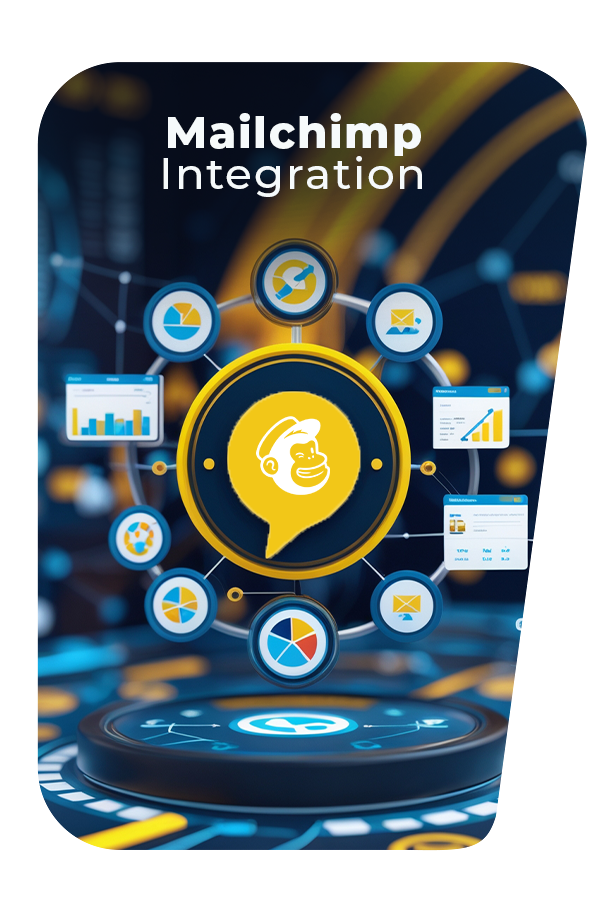The world of fintech has become greatly competitive today and thus, ensuring smooth and immersive user experience is quite vital. All financial platforms nowadays have to deal with the complex data, diverse user requirements, and high stakes. In such a scenario, even the smallest design components can create a strong impact. Thoughtful microinteractions — the subtle animations and feedback cues that respond to user actions — play a pivotal role in fostering trust, simplifying processes, and making fintech applications not only functional but delightful.
What Are Microinteractions, and Why Do They Matter?
Microinteractions are the seemingly small but powerful elements of design that respond to a user’s action, such as a button changing colour when clicked or a success animation confirming a payment. While these look elements look small, they provide a moment of interaction with the user that serves a large purpose. For example, these microinteractions can help in guiding user behavior, providing feedback, and improving the overall usability of the users.
In the financial sector where users are dealing with sensitive financial data and transactions, including small interactions can help in ensuring trust and confidence. For example, a loading animation during a transaction reassures the user that the process is underway, reducing anxiety and uncertainty. With increasing competition in the field of fintech increasing, paying close attention to small details can help your platform get a competitive edge.
Building Trust Through Thoughtful Feedback
Trust is the cornerstone of any fintech platform, and microinteractions are an effective way to build it. By providing intuitive and real-time feedback, these microinteractions help users get confidence about their actions and reduce errors and discrepancies.
Consider the biometric login process in a mobile banking app. A quick animation confirming successful fingerprint or facial recognition not only reassures the user that their account is secure but also makes the process feel seamless. Similarly, confirmation messages or animations after a payment create clarity, leaving no room for second-guessing.
The psychology behind this is simple: instant feedback reduces cognitive load and reinforces user confidence. In a strongly-connected world, security remains a priority for all users. Including these valuable design choices can make a great difference in user satisfaction and retention.
Simplifying Complex Financial Processes
Fintech platforms often deal with complicated workflows, from loan applications to budgeting tools. Using microinteractions, fintech companies can help users feel all these processes to be more engaging and approachable.
For example, a progress tracker for a multi-step loan application keeps users informed about where they are in the process and what’s left to complete. Similarly, gamified savings tools that use animations to celebrate milestones make achieving financial goals feel rewarding rather than overwhelming.
It’s important, however, to strike a balance. While delightful animations can enhance usability, overloading the interface with unnecessary effects may distract or even frustrate users. Microinteractions should always prioritise functionality and serve to simplify, not complicate, the user journey.
Best Practices for Designing Effective Microinteractions
To maximise the impact of microinteractions in fintech, consider these best practices:
- Keep them subtle: Microinteractions should feel natural and avoid drawing unnecessary attention.
- Focus on critical actions: Prioritise interactions that involve sensitive processes, such as transactions or data submissions.
- Ensure consistency: Maintain a cohesive design language throughout your platform to build familiarity and trust.
- Think inclusively: Design interactions that are accessible to all users, including those with disabilities.
Having the right platforms and knowledge is imperative for achieving neat results that last long. If your fintech platform could benefit from these enhancements, consider partnering with professional UI UX design services to create a user experience that truly stands out.
Microinteractions may look small and inconsequential to the core services. However, their impact on enhancing user experience is without a doubt profound. Through giving feedback, streamlining complex activities, and ensuring trust, these carefully-designed elements make fintech platforms more convenient and appealing for the users. Whether it’s a progress tracker, a success animation, or a loading indicator, every microinteraction is an opportunity to enhance user confidence and satisfaction.
As fintech continues to evolve, the attention to detail in UX design will remain a key differentiator. If you want to make your platform more competitive and user-friendly, now is the time to take action. Continuously assess your platform and make sure that every click ensures user trust and improves engagement.



%20(1).png)









